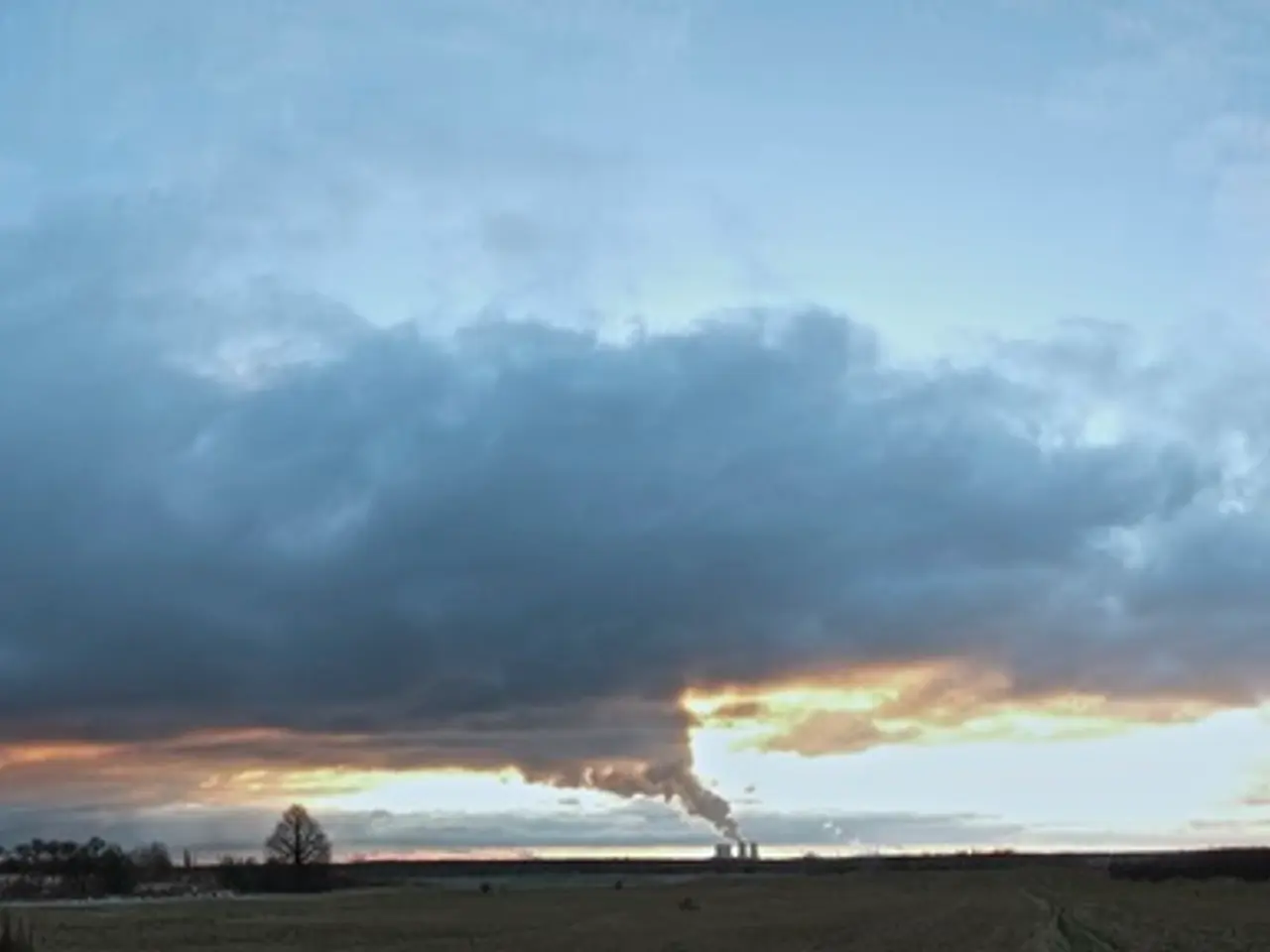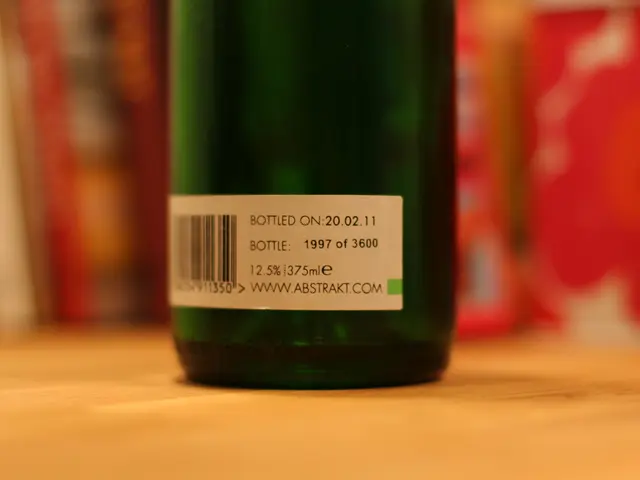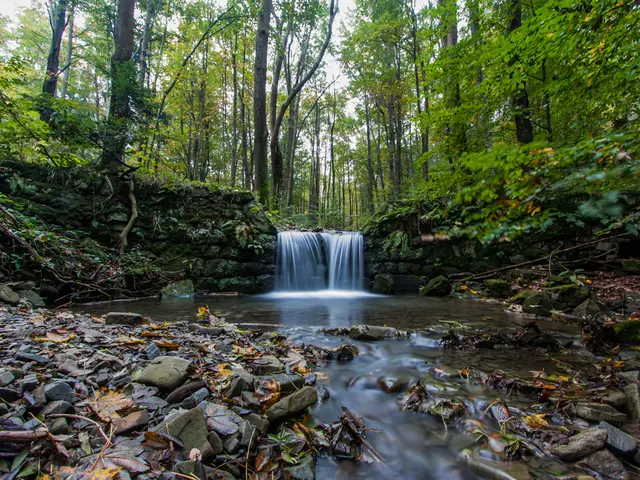Thailand's Battle Against Cross-Border Haze and Cloud Seeders
Bangkok, the bustling capital city of Thailand, is currently grappling with a severe air pollution crisis. The city's air quality has reached dangerous and deeply worrying levels, making it the fourth most polluted city in the world this month [1].
The primary culprit behind this crisis is the high concentration of PM2.5 (fine particulate matter), which significantly impacts health by increasing risks of respiratory problems, cardiovascular diseases, and causing symptoms like chronic fatigue, headaches, and sleeplessness [1]. Major sources of pollution include traffic congestion, large construction projects, agricultural burning, and industrial emissions [1][2][3].
The pollution levels in Bangkok are currently eight times the World Health Organization's recommendation [1]. This alarming situation has surprised many, including pilot Pilot Aim Suracharttumrongrat, who has stated that the pollution in Bangkok is higher every year [4].
Traffic congestion is a significant contributor to the pollution problem in Bangkok. With extensive and growing vehicle numbers, high emissions during idling and slow movement are a major issue [1]. Construction dust generated from urban development projects is another significant source of pollution [1].
Agricultural burning, especially in northern Thailand from January to April, contributes heavily to smog and particulate pollution [1]. Industrial pollution also plays a role in the overall poor air quality [1][2].
Solutions to combat air pollution in Bangkok focus on sustainable urban development, strict dust control, reducing vehicular emissions, and legislative efforts like the Draft Clean Air Act [1][2][3]. Developing parks, green zones, and ensuring dust control on construction sites are crucial steps towards sustainable urban planning [1].
Encouraging public transport, cleaner fuel use, and traffic management are key to reducing vehicular emissions [1]. The Draft Clean Air Act aims to create legal frameworks to combat air pollution, and the government has established environmental departments to enforce control measures [1][2].
Grassroots groups like the Thailand Clean Air Network push for air quality reforms, and community engagement is essential for improvement [1][2][3]. The government is also attempting to counter toxic traffic by offering free public transport [4].
An unconventional method being considered is the "rainmaker" solution, which fills 1,000 liters of icy water and drops it over 16km of polluted land, twice a day across the country [5]. However, critics argue that it is unproven [5].
Alternatives to crop burning are needed, but they are limited by poverty and lack of machinery. Government support is critical to changing this practice [2]. Holding big agricultural companies accountable will be key to improving the pollution situation [6].
The Thai government has rules in place against burning crops, but punishments aren't always enforced [6]. Slash-and-burn farming is a cheap and efficient method for poor farmers, encouraged by big businesses driving up demand [6].
The recent haze in Bangkok has been contributed to by winds from China and India, arriving earlier and more intense than previous years [3]. The pollution crisis in Bangkok is not only a local issue but a transboundary problem, and the Prime Minister, Paetongtarn Shinawatra, has raised the issue of transboundary smog with ASEAN foreign ministers [3].
However, the article suggests that Thailand will likely need to go much further if it's to significantly improve the situation [3]. The pollution crisis in Bangkok poses serious health risks, especially from PM2.5, and an integrated approach involving sustainable urban design, policy, and community action is essential for improvement [1][2][3].
References: [1] "Air Pollution in Bangkok: Sources, Health Effects, and Solutions." The Thaiger, 10 Feb. 2022, https://thethaiger.com/news/bangkok/air-pollution-in-bangkok-sources-health-effects-and-solutions [2] "Air Pollution in Thailand: Causes, Effects, and Solutions." Earth.Org, 15 Mar. 2021, https://earth.org/air-pollution/bangkok/ [3] "Bangkok Chokes on Pollution as Smog from China and India Worsens." South China Morning Post, 17 Feb. 2022, https://www.scmp.com/news/asia/southeast-asia/article/3166072/bangkok-chokes-pollution-smog-china-and-india-worsens [4] "Thai Government Uses 'Rainmaker' Plane to Reduce Pollution." Al Jazeera, 10 Feb. 2022, https://www.aljazeera.com/news/2022/2/10/thai-government-uses-rainmaker-plane-to-reduce-pollution [5] "Thailand's 'Rainmaker' Plane: A Solution to Pollution?" The Diplomat, 11 Feb. 2022, https://thediplomat.com/2022/02/thailands-rainmaker-plane-a-solution-to-pollution/ [6] "Thailand's Slash-and-Burn Farming: A Major Contributor to Air Pollution." Greenpeace Southeast Asia, https://www.greenpeace.org/seasia/en/campaigns/forests/forest-fires/thailands-slash-and-burn-farming-a-major-contributor-to-air-pollution/
- The increase in technology, such as air quality monitoring systems, can help identify areas with high pollution levels and inform effective strategies to combat air pollution in Bangkok.
- While business and industrial sectors contribute significantly to air pollution in Bangkok, implementing health-and-wellness initiatives for employees can reduce the impact of air pollution on their health and overall productivity.
- The link between climate change and air pollution is evident in Bangkok, as increasing temperatures exacerbate air pollution and worsen respiratory conditions like asthma and COPD (chronic obstructive pulmonary disease).
- To tackle air pollution related to agricultural burning, environmental science research can explore innovative farming methods and technologies, such as precision agriculture and biomass gasification, that minimize the need for open burning.
- The multifaceted nature of air pollution in Bangkok necessitates interdisciplinary collaboration between business, health, science, and environmental science to develop comprehensive and effective solutions for improving the city's air quality.




